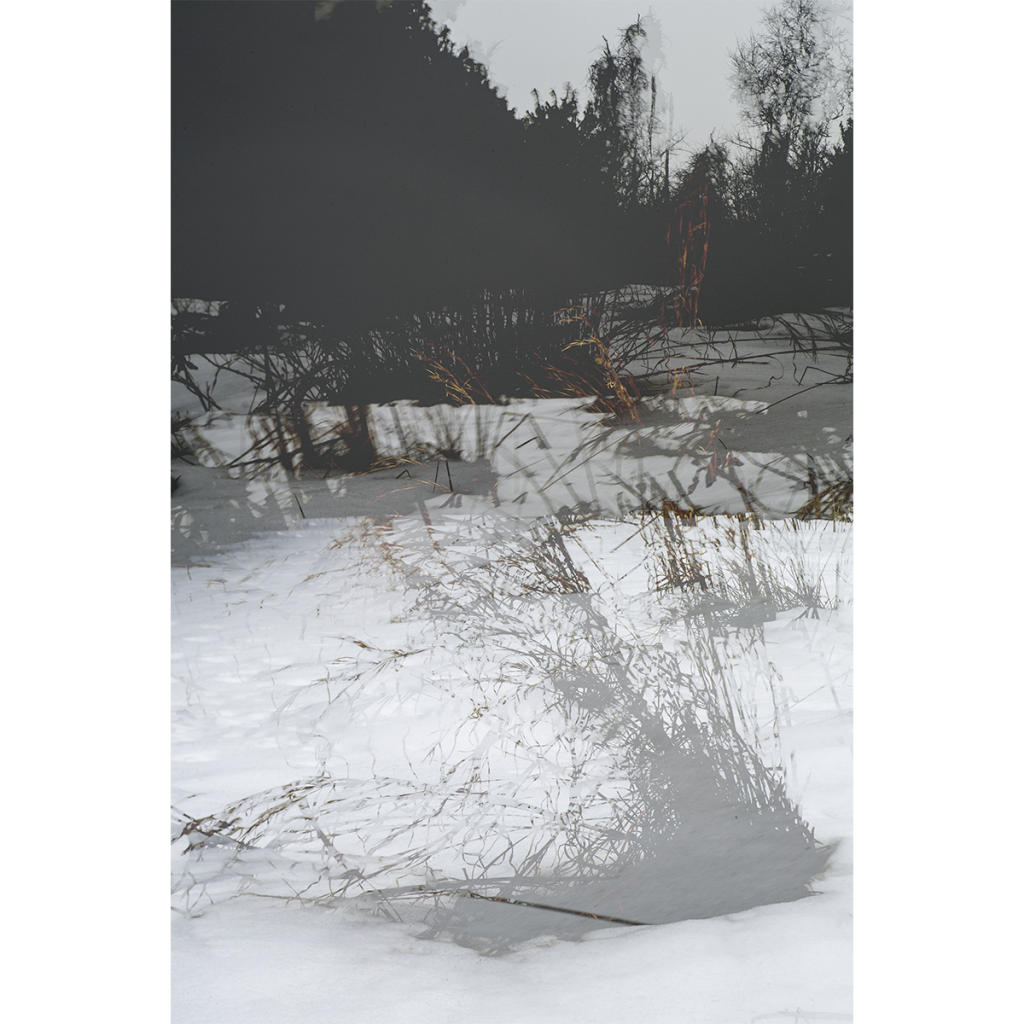
The Call: Beauty of Words — Cheryl
Artistic growth is, more than it is anything else, a refining of the sense of truthfulness. –Willa Cather
My studio is now covered with glitter. Of course, that makes Stella and me happy.
Today, when I ventured out for some errands that included haircuts for the boys, I had a lovely chat with Laura, one of the stylists. We met the last time I was there. Today, she and I caught up, and she mentioned that when she was in college studying art, glitter was frowned upon. Laura and I frown upon many aspects of college.
Arranging the letters was more difficult than I thought it would be. They got disarranged every time I moved the twinkle lights.
I still can’t lay off the multiple exposure option in my camera.
I’ve discovered that I can find beauty in unexpected places and in qualities that are not pretty.
It’s OK for others to see beauty where I don’t.
I have a feeling that God appreciates differences of opinion.

















